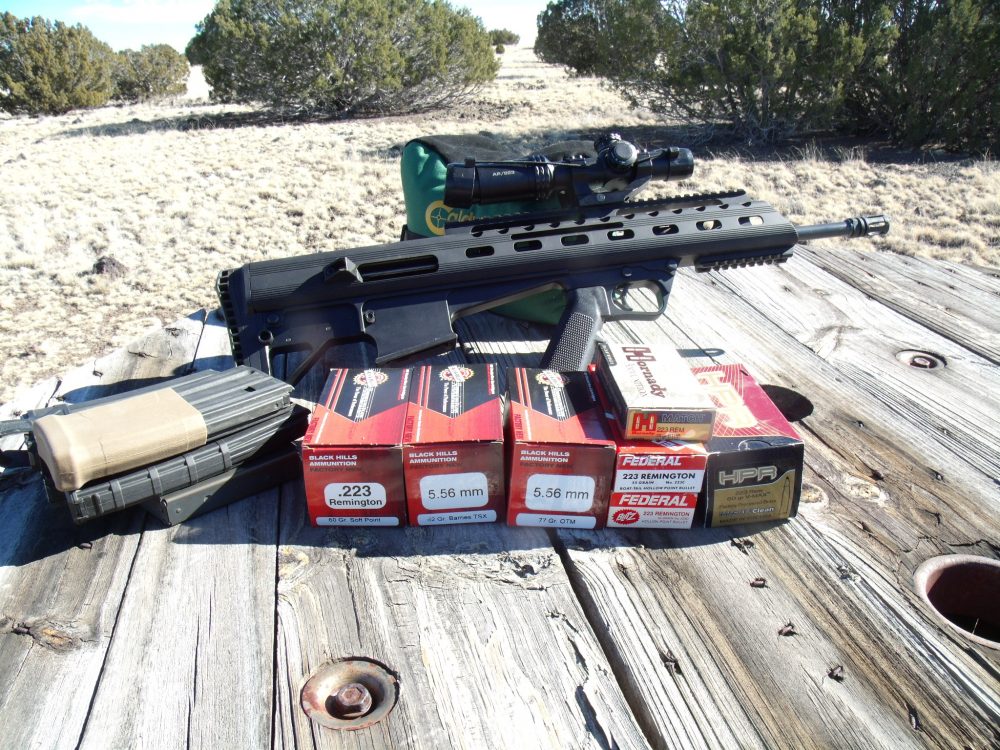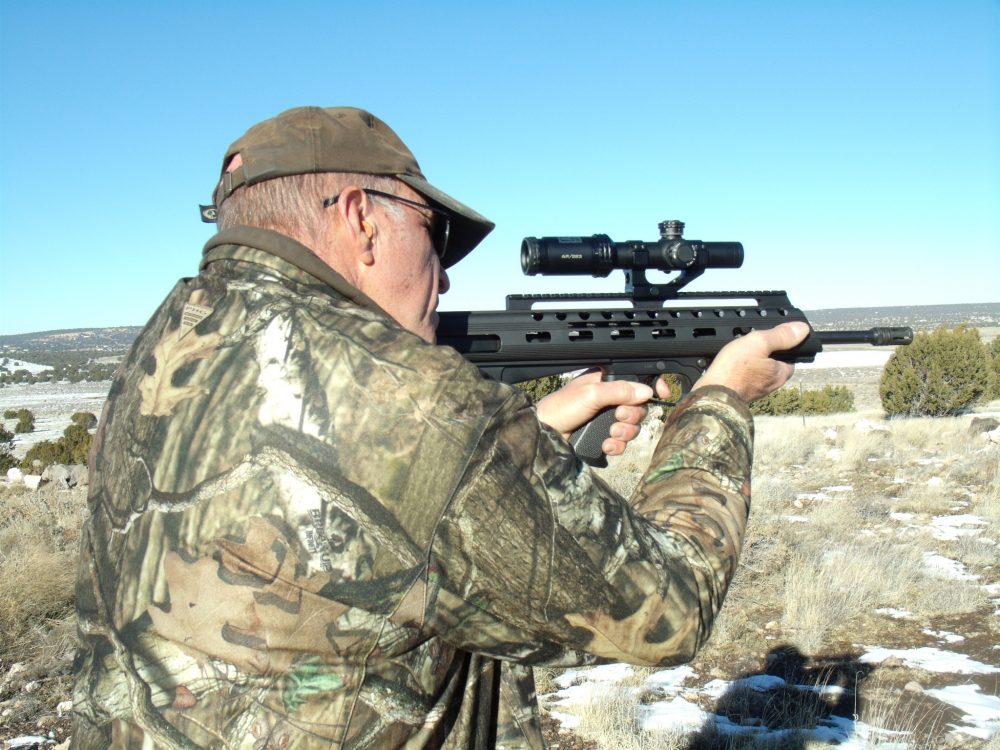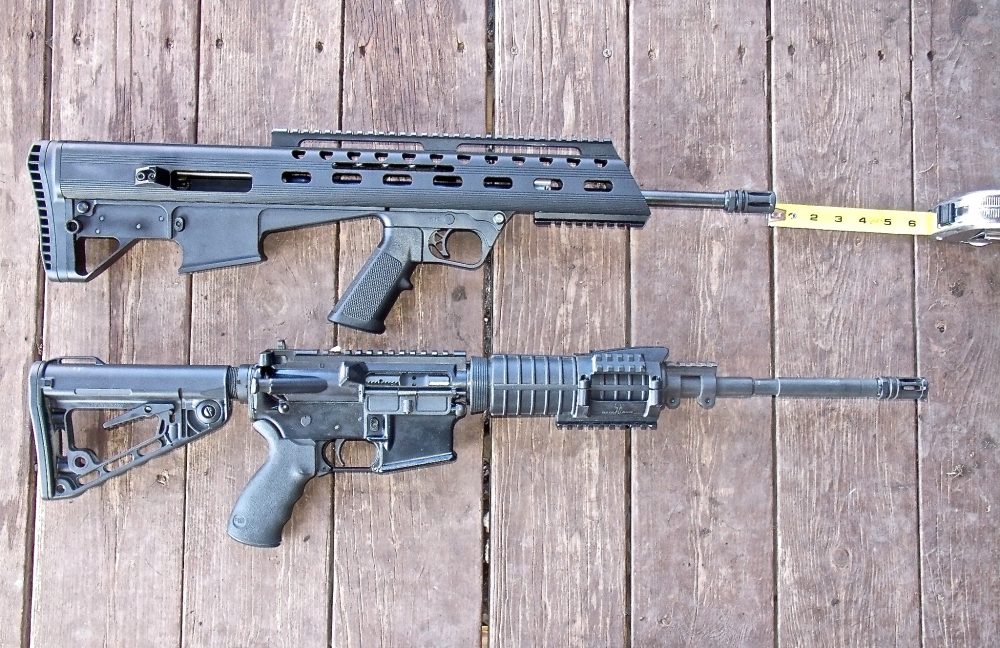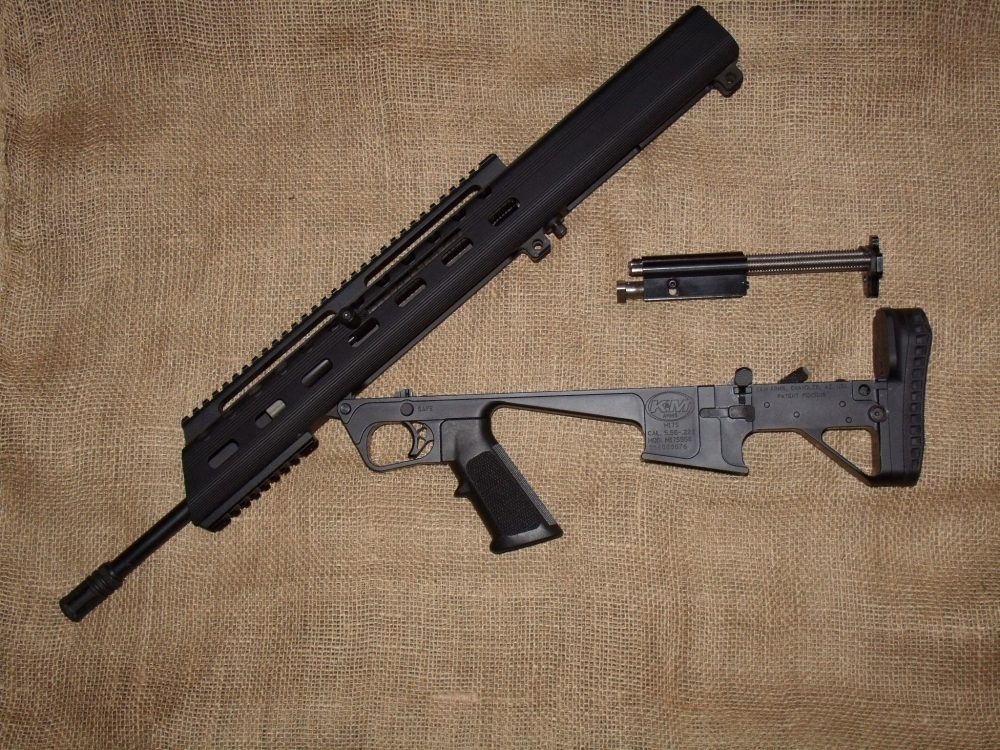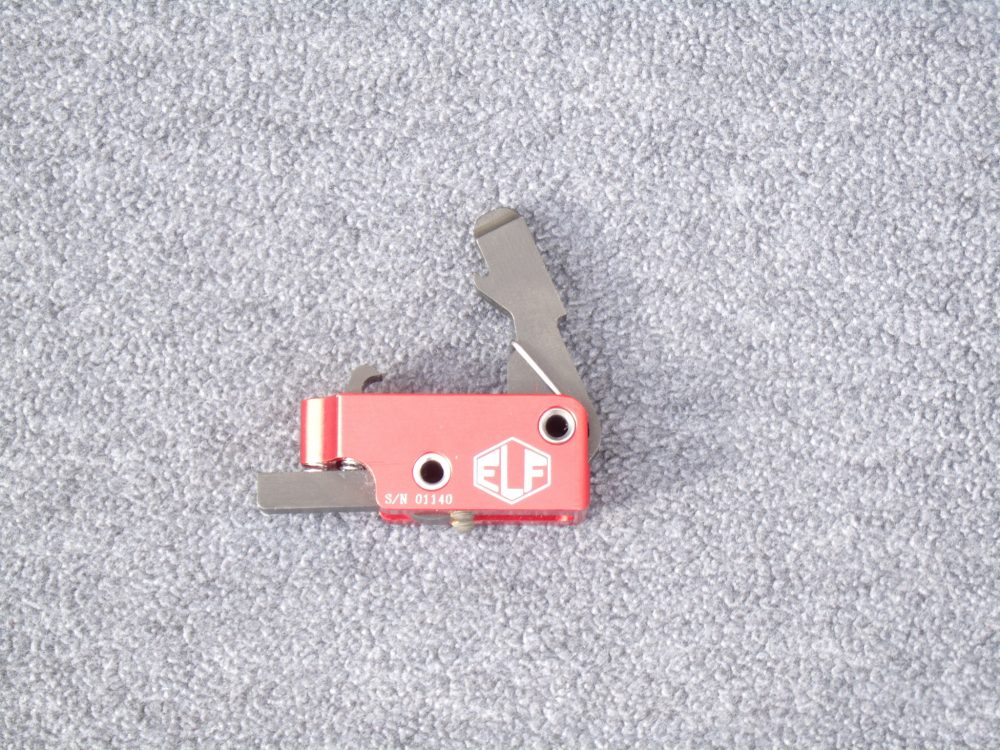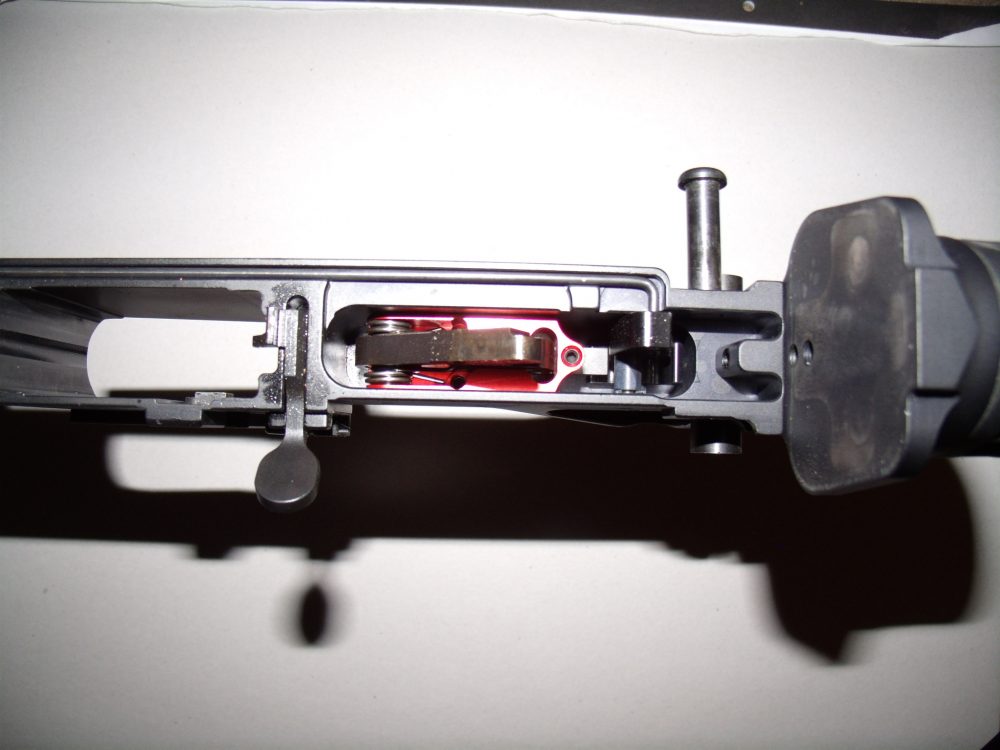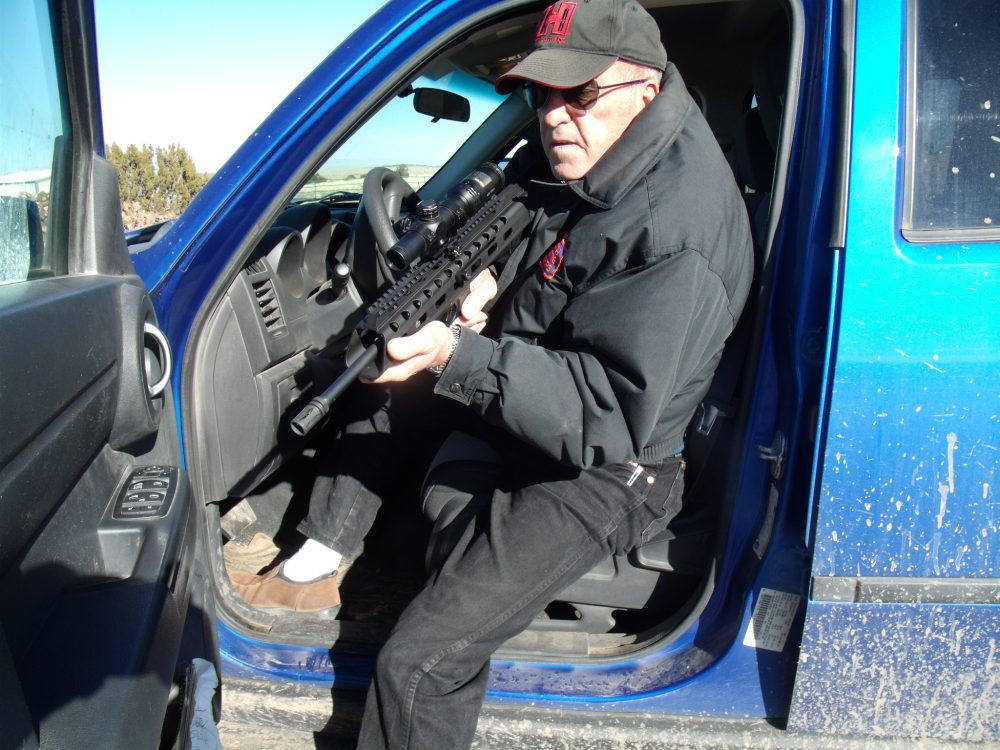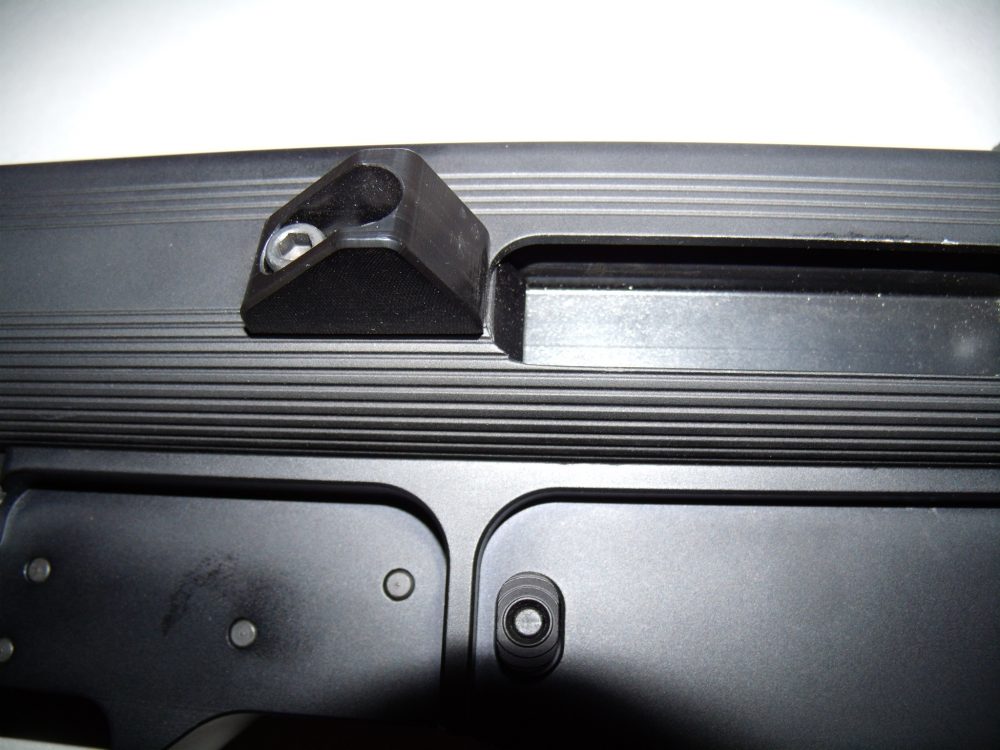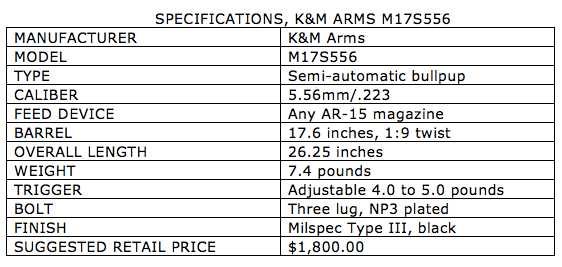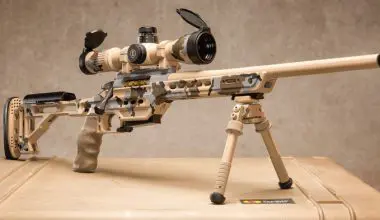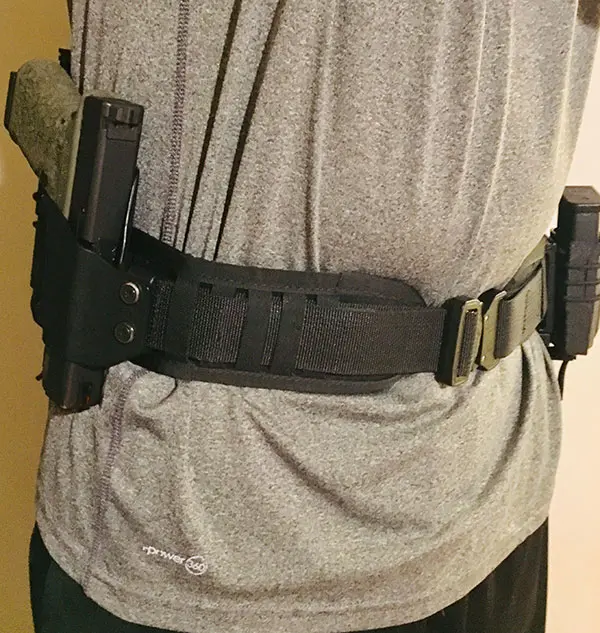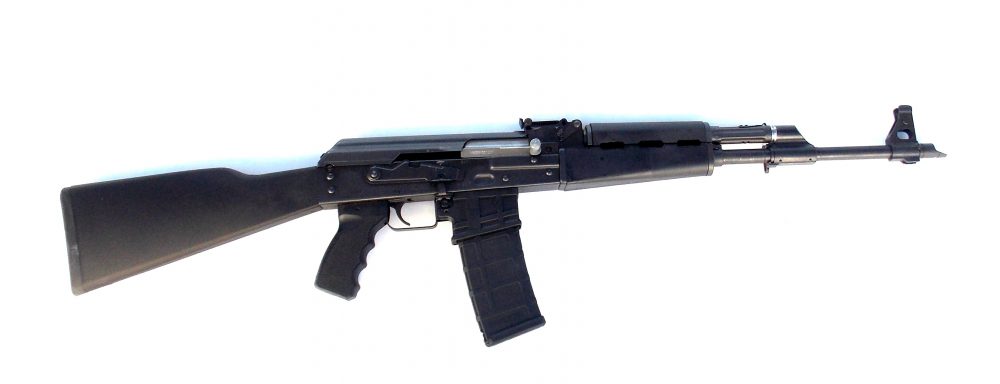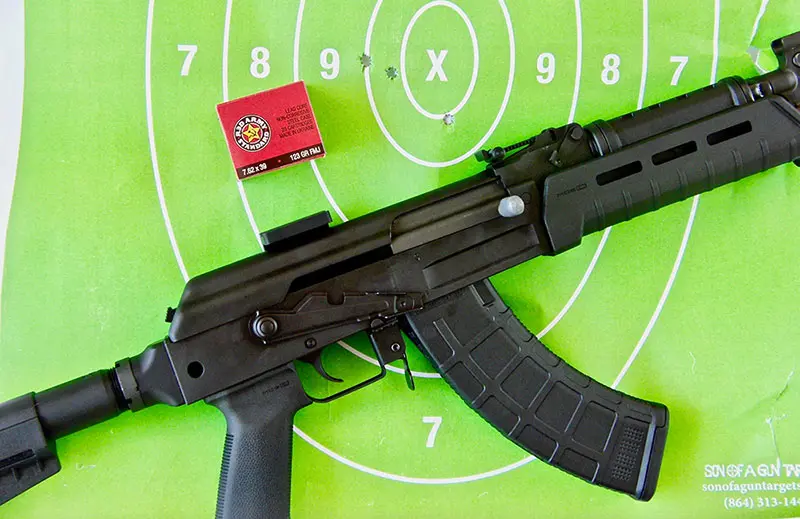Those who expect to fight with their rifle always want it lighter and shorter. With the AR series, we see this when barrels get hacked off from the 20-inch AR-15 to the 14-inch M4, and the 10 and even seven-inch versions. But there are several downsides to this: the shorter the barrel, the lower the velocity of the round, and the effective range is reduced. Plus, the muzzle blast is much greater.
The war in Afghanistan demonstrated that the enemy quickly figures out the maximum effective range of your weapons, and uses older, longer-ranged rifles to fight in relative safety. Their 1930s bolt-action British .303 rifle copies outrange our M4 carbines.
Another downside to cutting the barrel is a matter of human anatomy. No matter how short you cut that part of the rifle, which is in front of your hand, the length from hand to elbow remains the same. I realized this during my law enforcement career, when I wanted a long gun for its greater reach and effectiveness but had to maneuver in tight quarters—single-wide trailers, aircraft, ships, and in and around vehicles.
Folding or collapsible stocks were no answer, as frequently I needed my “long” as soon as I exited the vehicle. There was no time to stop and extend or unfold the stock. And cars have gotten smaller—much smaller—for us “full-sized” folks.
With great foresight, my agency adopted the answer—a bullpup rifle.
Firing M17S556 fitted with Bushnell 1-4X AR scope.
Table of Contents
BULLPUPS
A bullpup is a rifle whose trigger is located in front of the action. Bullpups are known for having “spongy” to horrible triggers. The first bullpup I ever handled was a bolt-action rifle.
In the early 1940s, all kinds of experiments were going on to equip and arm our new branch, the paratroopers. To reduce the overall length of their rifles, a few M1903 Springfields were modified and shortened by placing the action behind the trigger.
I got to handle one of the remaining specimens at the Museum at West Point, and I cannot think of a more awkward, generally useless combat weapon. You had to completely dismount the rifle from your shoulder to function the bolt. There is a picture of a company of glider troops armed with them, but no record of their use in combat. There was even a failed attempt to make a bullpup of the M1 rifle.
With the advent of semi and fully automatic general-issue rifles and the wide use of armored fighting vehicles and helicopters, the bullpup has come to the fore. It was first adopted in 1978 by the Austrians with the Steyr AUG and French with the FAMAS (known as the “trombone” due to its shape), and in 1980 by the British with the SA80 (now L85). Many troops now carry bullpups.
M17S556 with ammo used in evaluation.
I have long used the AUG bullpup that my agency adopted, and really like the short length with a “long” (16-inch) barrel. I have quite a bit of experience with this rifle in and out of compact cars and small SUVs, and some time around our various aircraft.
Our Marine unit liked it on boats, where space is also at a premium. Bullpups combine longer range, accuracy, and high magazine capacity with more effective ammunition, while being much smaller than a traditional rifle.
But every bullpup I have handled shared one detrimental feature—a poor to terrible trigger! Most were at the lower end of acceptable, and some were downright lousy. The long linkage required to reach from the forward trigger to the rear mounted sear makes it nearly impossible to have a really fine trigger. More about that later.
Firing from “off” side, without eating brass.
M17S556
K&M Arms is a small company out of Arizona that has designed a new bullpup rifle, the M17S556, with a few intriguing differences. I received one for evaluation and was curious to see how it measured up to the bullpups I used during my career.
As with all bullpups, the balance and weight are rear of the trigger guard, making the gun feel very lively in the hands. The M17 design puts most of the weight at your shoulder, which makes the rifle very quick—moving from target to target is really fast. And those of a smaller build like the light “feel” of the rifle. My wife can hold it on target longer without tiring.
Not content with the traditional AR system, K&M have taken another road. They use a gas piston, as Stoner himself designed in his AR-18 rifles.
Rather than the usual multi-lugged bolt, the M17 uses three large lugs. This reduces the chance of lug wear and breakage. This is not a new design, as it has been used in several rifles, including some big bores up to .50 caliber. The extractor, ejector, springs and pins are all standard AR-15 parts, should they ever need replacement.
While the magazine release is convenient, there is a short learning curve because you push on the back of the button, because it is hinged, rather than push through as on the AR series. The release is another AR-15 component, not a customized part. The mag release is on the left side, to be operated by your left hand rather than your trigger finger.
M17 is six inches shorter than an M4 with stock collapsed.
The bolt carrier stop is directly over the mag release, exactly where your thumb falls when reloading. So inserting the fresh mag and releasing the bolt carrier are one smooth motion. While the manual of arms is very different than the AR or AK series, it’s easily mastered.
Made with an aluminum upper assembly, this is the only all-metal bullpup on the market. But the 7.4 pounds of weight (plus sight) feel much lighter. Recoil was barely perceptible, with no muzzle jump. With its 17.5-inch barrel (with A2-style flash hider), it’s eight inches shorter than an M4 with the stock collapsed. In fact, it’s the same size as a ten-inch AR (with stock collapsed), without the Federal paperwork dance. No extra fee to buy a tax stamp and no months of waiting.
The M17S556 comes without sights, so you can fit what you want. Some of my friends have a box full of sights they removed from various ARs, for just this reason.
And for the same reason, the rifle comes with a standard G.I. pistol grip. Why? Because with all the grips on the market, why put an expensive part on, when the end user may very well change it anyway? The G.I. grip works, but I certainly would change it. And this is the only bullpup I’m aware of that allows you to change the pistol grip. All the others have integral grips.
The rifle comes in a discrete carry case, with one 30-round PMAGP, a clear instruction book, two extra rail segments, and a trigger lock. A variety of aluminum and polymer magazines worked perfectly in the test gun.
M17 opened up for cleaning.
GREAT TRIGGER
The K&M Arms M17S556 raises the bar for bullpups in a big way. Everyone who has tried it comments on the trigger. They all like it a lot. One 3-gun competitor remarked that it is as good as the aftermarket triggers he had installed on his competition ARs!
It is the best trigger I have ever felt on a bullpup, and better than many full-length rifles. And that is true of all the M17S556s I have handled, not just the test sample. It’s a combination of a custom-made trigger by Elftmann Tactical and some parts K&M designed and placed between the long rod and trigger group. It took a lot to get the design just right, but it works—all the time. The test rifle’s trigger broke at a consistent three pounds, two ounces from the get-go. And it helps tremendously with obtaining small groups.
The great trigger proved itself with ammo from Hornady, Black Hills, HPR, and Federal. Unfortunately the variable weather in the mountains where I live kept me from shooting lots of groups. Wind, snow, and bursts of sun all conspired against getting the best out of the rifle.
Custom Elftmann trigger
But in some cases things let up. During the break-in period, among the first 25 rounds fired, I shot a sub one-inch group with the EOTech sight and Federal 55-grain ammo. No bench rest, I was just leaning against a table at 100 yards. I was impressed! I fired several other sub-MOA groups using a Bushnell 1-4X AR scope, usually with lighter bullets as the barrel has a 1:9 twist.
In other hands and with better weather, this rifle could really shine. As a fighting rifle rather than a match rifle, it will keep any ammo inside a two-inch circle at 100 yards. But the handling around cars and compact SUVs, as well as indoors, easily makes up for any group spread. Function was 100% with the 500+ rounds fired—not a single stutter.
Top view of open action and ELF trigger installed.
OTHER FEATURES
The M17S556 has another very positive feature: unlike the AUG, it can be fired from the left shoulder without force-feeding you the brass. A brass deflector mounted just behind the ejection port let me easily work from the “other” side—a good thing, as I hate getting hot brass in my face!
We seem to be moving away from rifles covered in 360-degree cheese grater rails. K&M has a solution unlike others I have seen. The rifle arrives with a “monolith” rail for sights along the top and a short section in front at six o’clock for a vertical foregrip if you choose, but that rail section is removable.
You also get two 2.5-inch sections of rail you can place where you want via a unique mounting system. These rails have two sections of stepped metal on the back that lock into the oval ports on the upper assembly. A few turns with an Allen wrench, and they are as solid as if they were built there. Personally, I would use the six o’clock section for a sling mount (I like two-point slings), a short section on the front left for a light, and call it good.
A big guy working in a compact SUV needs a bullpup.
DOWNSIDES
In keeping with our standards here at S.W.A.T., you get the warts as well as the beauties. One of the test team, whose hands are much larger than mine, found that the rear corner of the mag well irritated his hand during a fast mag change—a minor issue, and non-existent for me.
Also, with the EOTech mounted, the cocking handle was a bit too short. But K&M has a fix: a slightly longer cocking handle is available. They used the short one to keep the gun as compact as possible, and the longer cocking handle could poke you in the chest if you carry the M17S556 slung across your body in front. It all depends on how you want to use the rifle.
The stock is aluminum, and with the onset of sub-freezing weather here in the mountains, that is not good. I could also imagine the effect of picking up and aiming a rifle that had been lying in the desert sun on a hot day. But K&M is perfecting a snap-on Kydex cheek piece to solve this.
I had an issue with the safety—easy to take “off” safe, but out of reach of my thumb to put “on” safe. Although the hands are close together when firing, it’s an easy reach with the left thumb. Still, I would prefer a larger button on the left side of the safety so I could use my right thumb.
Brass deflector allows fire from left shoulder without getting hit by ejected cases.
CONCLUSION
On close targets and far, firing slowly or as fast as I could cycle the gun, at single targets or multiples, the M17S is reliable and accurate for anything I would use it for. Practical rifle matches, protecting the family, and particularly for law enforcement, the M17S is a great tool, and a lot of fun to boot!
Rather than buying another AR, check out the bullpup M17S556. The same configuration in other calibers is in development, so big-bore fans can have a bullpup with a great trigger too.
SOURCES
K&M ARMS
(480) 406-0538
www.kmarms.com
BLACK HILLS AMMUNITION
(605) 348-5150
www.black-hills.com
BUSHNELL
(800) 423-3537
www.bushnell.com
ELFTMANN TACTICAL
www.elftmanntactical.com
FEDERAL PREMIUM AMMUNITION
(800) 379-1732
www.federalpremium.com
HORNADY MFG. CO.
(800) 338-3220
www.hornady.com
HPR AMMUNITION
(888) 966-8477
www.hprammo.com
L3 EOTECH, INC.
(734) 741-8868
www.l-3com.com/eotech


